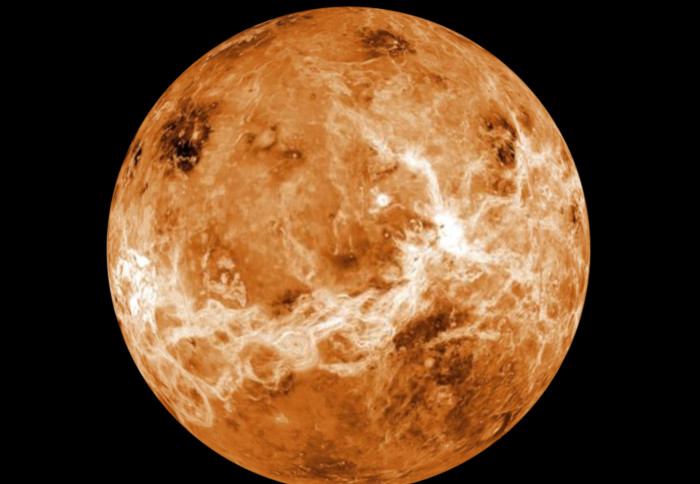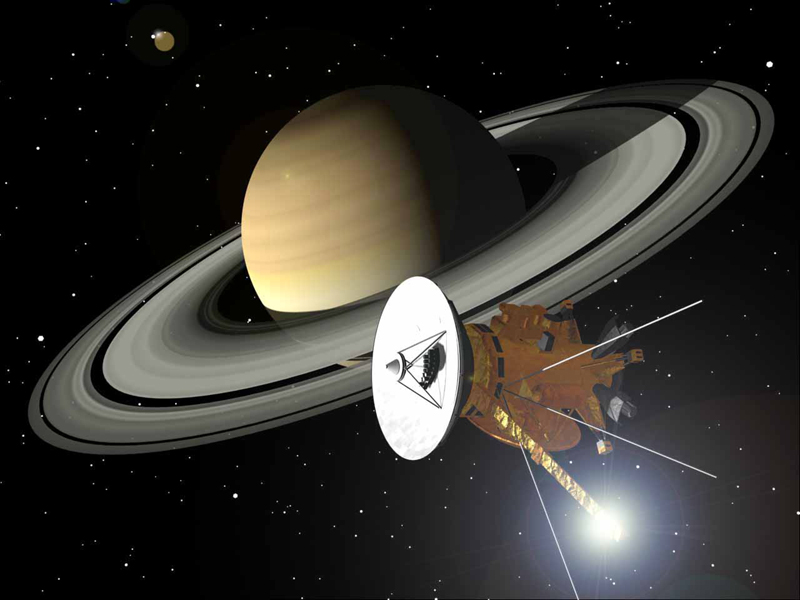Astronomy Photographer of the Year 2014

It isn't often that you can find in one place a serene aurora, a violent Sun and an eclipsed one, and both a stellar nursery and a stellar graveyard. However the Royal Observatory Greenwich provides such sights every year when it's time to exhibit the winners of the Astronomy Photographer of the Year competition.
The competition has come a long way since its 2009 birth. Then there were a few hundred entries in four categories. This year there were two and a half thousand entries in seven categories.
“Aurora over a Glacier Lagoon”
Aurora photographs regularly feature in the competition. They're so popular that it's even been suggested that there should be a separate category for them. This year, for the first time, the overall winner is an aurora picture. And it's a beauty.
At the awards evening, we saw a video with the winning images projected onto the planetarium dome. In the video the aurora looked very pale, which I liked. Bright colors usually feature in an aurora photograph, but that's rarely how you see them. The camera isn't lying, but our eyes see things differently. They respond poorly to color in dim light. The camera however, as long as the shutter is open, can keep collecting light.
The online photo shows more green than the video did, but it's still properly subdued. I love the symmetry of the graceful arcs of the heavenly aurora mirrored in the water. The jagged glacial rock, snowy landscape and subtlety of the colors all contribute to James Woodend's exquisite picture.
The Sun
Alexandra Hart admits to being addicted to looking at the Sun — through special filters, of course. She gets withdrawal symptoms during spells of cloudy weather, so she must find living in England something of a trial.
The image that won the Our Solar System category is titled “Ripples in a Pond" because Hart felt that the active region “resembled the imprint created when stones hit the surface of a pond.” But an active region of the Sun is no pond. The photograph shows the turmoil of the violent forces in an area several times the size of the Earth. The sense of movement and power is emphasized by the filament that rises and extends over the visible edge of the Sun.
The Sun seemed grand, but more poised, in Eugen Kamenew's “Hybrid Solar Eclipse”, the winner of People and Space. It was a rare hybrid eclipse which began as annular eclipse at sunrise. In an annular eclipse a ring of sunlight shows up around the Moon. Then the eclipse became total. In this photo, taken in Kenya soon after totality, the figure on the hillside is dramatically silhouetted against the splendid crescent of the returning Sun.
The category People and Space is for “photos that include people in a creative and original way.” Kamenew's entry was certainly a worthy and memorable winner.
Nebulae
The overall winner of the competition in 2009 was a photograph of the Horsehead Nebula. In 2014 this starbirth region provided two category winners. Bill Snyder's (USA) version won in the Deep Space category and the Young Astronomy Photographer winners included a wider view showing the dark nebula, red emission nebula and the Flame Nebula. There is usually just one winner here. But unusually, this photo and another that was Highly Commended were the joint work of US twins Shishir and Shashank Dholakia. One of the judges commented: “The star colors are beautifully controlled in this image. The detail in the horse’s head and the Flame Nebula are particularly good, too.”
Stars are born in the region of the Horsehead, but J-P Metsävanio (Finland) was Highly Commended for his image of a supernova remnant. It's part of the Veil Nebula in the constellation Cygnus and was created in the explosion of a massive star at the end of its life. As the shock wave travels, it may trigger star formation in other nebulae. Since the material is rich is heavy elements, these are recycled into the new stars.
“Moon behind the Trees”
The final photograph I'm going to mention is a little charmer by Emily Jeremy (UK), aged 12. Her Highly Commended image is simple, but beautiful, and seems to bring the Earth and the Moon together.
The competition has come a long way since its 2009 birth. Then there were a few hundred entries in four categories. This year there were two and a half thousand entries in seven categories.
“Aurora over a Glacier Lagoon”
Aurora photographs regularly feature in the competition. They're so popular that it's even been suggested that there should be a separate category for them. This year, for the first time, the overall winner is an aurora picture. And it's a beauty.
At the awards evening, we saw a video with the winning images projected onto the planetarium dome. In the video the aurora looked very pale, which I liked. Bright colors usually feature in an aurora photograph, but that's rarely how you see them. The camera isn't lying, but our eyes see things differently. They respond poorly to color in dim light. The camera however, as long as the shutter is open, can keep collecting light.
The online photo shows more green than the video did, but it's still properly subdued. I love the symmetry of the graceful arcs of the heavenly aurora mirrored in the water. The jagged glacial rock, snowy landscape and subtlety of the colors all contribute to James Woodend's exquisite picture.
The Sun
Alexandra Hart admits to being addicted to looking at the Sun — through special filters, of course. She gets withdrawal symptoms during spells of cloudy weather, so she must find living in England something of a trial.
The image that won the Our Solar System category is titled “Ripples in a Pond" because Hart felt that the active region “resembled the imprint created when stones hit the surface of a pond.” But an active region of the Sun is no pond. The photograph shows the turmoil of the violent forces in an area several times the size of the Earth. The sense of movement and power is emphasized by the filament that rises and extends over the visible edge of the Sun.
The Sun seemed grand, but more poised, in Eugen Kamenew's “Hybrid Solar Eclipse”, the winner of People and Space. It was a rare hybrid eclipse which began as annular eclipse at sunrise. In an annular eclipse a ring of sunlight shows up around the Moon. Then the eclipse became total. In this photo, taken in Kenya soon after totality, the figure on the hillside is dramatically silhouetted against the splendid crescent of the returning Sun.
The category People and Space is for “photos that include people in a creative and original way.” Kamenew's entry was certainly a worthy and memorable winner.
Nebulae
The overall winner of the competition in 2009 was a photograph of the Horsehead Nebula. In 2014 this starbirth region provided two category winners. Bill Snyder's (USA) version won in the Deep Space category and the Young Astronomy Photographer winners included a wider view showing the dark nebula, red emission nebula and the Flame Nebula. There is usually just one winner here. But unusually, this photo and another that was Highly Commended were the joint work of US twins Shishir and Shashank Dholakia. One of the judges commented: “The star colors are beautifully controlled in this image. The detail in the horse’s head and the Flame Nebula are particularly good, too.”
Stars are born in the region of the Horsehead, but J-P Metsävanio (Finland) was Highly Commended for his image of a supernova remnant. It's part of the Veil Nebula in the constellation Cygnus and was created in the explosion of a massive star at the end of its life. As the shock wave travels, it may trigger star formation in other nebulae. Since the material is rich is heavy elements, these are recycled into the new stars.
“Moon behind the Trees”
The final photograph I'm going to mention is a little charmer by Emily Jeremy (UK), aged 12. Her Highly Commended image is simple, but beautiful, and seems to bring the Earth and the Moon together.
You Should Also Read:
Aurorae - Polar Light Shows
Solar Eclipses
Nebulae

Related Articles
Editor's Picks Articles
Top Ten Articles
Previous Features
Site Map
Content copyright © 2023 by Mona Evans. All rights reserved.
This content was written by Mona Evans. If you wish to use this content in any manner, you need written permission. Contact Mona Evans for details.







